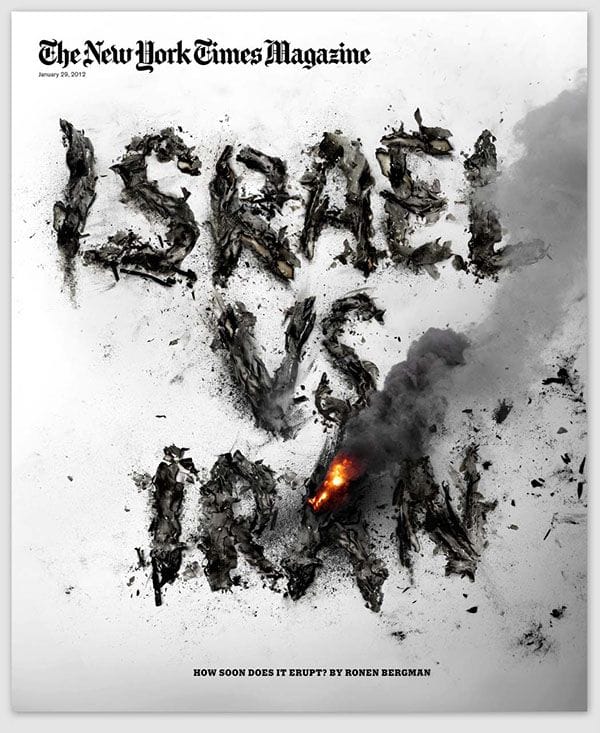World War 3 Begins: Over 100 Missiles Launched from Iran to ….
World War 3 Begins: Over 100 Missiles Launched from Iran to …. .The cause of the third world war: Over 100 missiles from Iran towards Israel-analytical perspective of the military strike.

A new news confirmed by Iran’s launching over a hundred missiles at Israel leaves world leaders aghast as the world pulls into the prospect of widening the currently dubbed World War 3. All said and done, the new heights of military engagement brought along do warrant revaluation of the tactics Iran had put in play and more importantly, those that Israel is using, given sweeping ramifications the entire exercise will have on world security.
Iran Strategy: Testing the Depth

This missile launch proved to be a lockup of years of military buildup and strategy planning. Well invested in developing missile technology, the military’s main direction of focus has been on deterring regional adversaries. Even as this barrage serves purposes ranging from an exhibition of Iran’s capability to strike at a distance and its prowess against international sanctions-this trend becomes decisive with Iran’s renewed assertion of dominance in the Middle East.
It, therefore, only stands to reason that the asymmetrical warfare platform found in the highest-order precision-guided munitions, which have maximum damage with minimum indirect damage, forms the heart of I ran’s missile strategy. Consequently, the high-order volume of missiles fired into Israeli skies speaks not only to brute strength but also the desire to overwhelm Israeli defense systems, notably the Iron Dome-the interception system, that was meant to be the apogee of Israel’s defense system. It is toward such an attack that the coordinated signals refer to a well-conceived strategy geared toward catching Israel unawares and, given its lack of preparation on this front, to take advantage of a weak link in the chain of defense mechanism.
Mechanisms of Defense of Israel: Quick Response End

The other part of Israeli’s military strategy was to maintain the first onset of preemption and then power superiority. This will be answered through a three-tier defense system. The first tier was the Iron Dome, designed to jam and capture missiles prior to the time any damage could be made. However, it tested that system to its greatest capacity with its launch of over 100 missiles at one time.
It would be complemented with an Iranian retaliatory strike on the sites and command centers that Iran uses in its missile launching. One outstanding area of Israeli capabilities is that related to intelligence through satellite surveillance and cyber operations which can determine the threat even before it strikes. Accordingly, it would then concentrate on immobilizing Iran’s missile capability as part of denying further attacks and to successfully alter this course of conflict from turning into a counter-offense.
Regional and International Consequences

Beyond this proximate reach of the ongoing war, this missile exchange has international connotations. In case the confrontation develops further, it would begin to open up a broader regional war into more states if the confrontation builds further. Traditionally, the Saudis, the UAE, and the rest of the Gulf states have been against expansionism by Iran; their inclusion would add other complications for this military venture.
Therefore, the United States and Russia, including the rest of the world superpowers would be exposed in a highly weak position. For the past few decades it has been discovered that the United States is a good friend of Israel. When the war movements take place through the military forces of the United States, the day will become the defining event when activities are carried out. But the engagement by the Biden administration of Iran strictly through diplomatic means complicates things. Necessarily, military strikes will step further into territories of deeper conflict.
Another layer to Iran’s strategy in their area are proxy forces. Hezbollah in Lebanon and various militias in Syria may well represent pieces of the military strategy of Iran and therefore add another layer of support to Israel. Opening violence opens up multiple fronts for Israel and stretches military resources, complicated to respond to.
It has also allied itself with other players in the region-again, working on intelligence and counter error cooperation-to help curb those specific menaces. The nature of those alliances may factor into the unstoppable whirlwind of this war.
Humanitarian Casualty
But even beyond considerations of military strategy, humanitarian implications cannot be ignored in the matter of this war. Missile exchanges will displace thousands, making the already dire situation in the region even worse. Israel and Iran will have to account in their planning for fallout in civilian casualties, which only will give sustenance to worldwide opinion and calls for a much larger intervention.
Conclusion: The Final Exam of Strategy
Now, as the tensions flare and the whole world breathes with bated breath, the machinations of both Iran and Israel would decide their own future but that of the whole geopolitics. This way, in one sense, it will be the ultimate reminder of how precarious the world and international relations are in the hands of this very modern world. It would, therefore, be a fight in which one roll of the dice has weighed both power and regional alliance in favor of military capability as if there was an ultimate face-off into a new age of warfare.
At such an hour of importance now becomes absolutely necessary to understand the military strategy that is now in play and what trajectories of such conflict might be. Now with nations reacting through a new wave of escalated measures and responses, it is necessary to keep watch, since the consequences might go down into history as moving another generation ahead.
